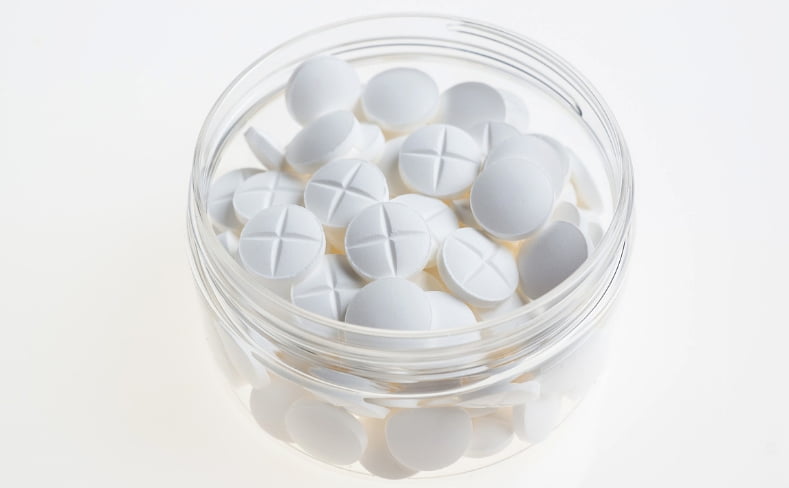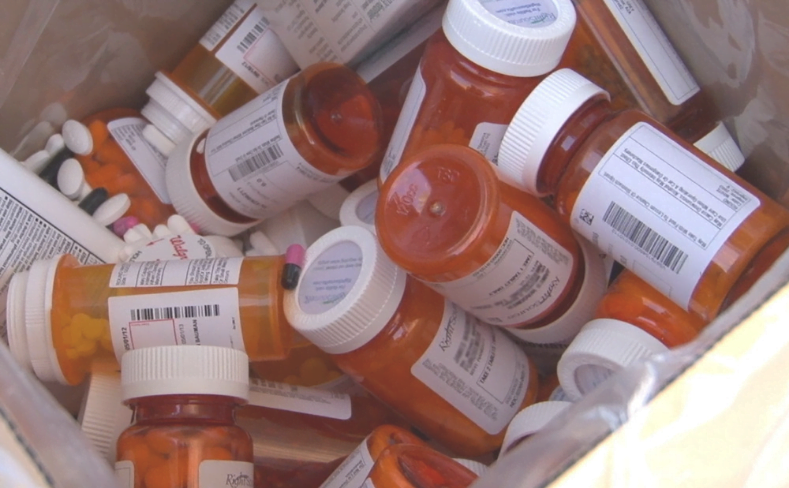How to Help an Addict: A Complete Guide
Do you have a friend or family member who’s suffering from either an alcohol or drug addiction? If so, we’re here for you, and we want to help support you as best we can.
Shockingly, back in 2013 as many as 9.4% of the American population used illicit drugs, and this trend still poses a genuine threat today!
So we’ve put together this guide on how to help an addict. We hope this provides some clarity and guidance on what to do for the best.
So without further ado, let’s dive into our top pieces of advice.
1.) Demonstrate Tough Love
As hard as it may be, you need to show tough love. You can demonstrate all the patience and kindness in the world and still not get anywhere.
This approach is almost inevitable when it comes to supporting an addict who doesn’t think they need/ want help.
If you’re experiencing something like this, you’ll need to start putting firmer boundaries in place, and sticking to them.
This is the only way to stop enabling the addict’s destructive behaviors (as we’ll discuss in greater detail in a sec).
It’s not unusual for addicts to avoid seeking help and treatment, to begin with, and then expect their loved ones to support them avoiding professional help.
This often causes friction, as a result of heart-wrenching manipulations, false promises, and emotional appeals made on behalf of the addict.
You have to remember that whatever the addict says and does in these situations, it isn’t personal to you.
Substance abuse affects the brain chemistry of the addict, so you need to stay strong and not cave into these kinds of mind games. i.e., show them some tough love.
2.) Read Up
Addiction isn’t an easy disease to get your head around and is widely misunderstood. So, try your best to research what your loved ones battling with. This goes a long way to help you empathize with them.
Understanding how addiction affects the brain is one of the first steps to ensuring you take a non-judgemental approach to the issue.
For example, dependence makes it harder for the sufferer to make logical decisions. So what may appear like lack self-control from the outside, is actually way more complicated than that.
3.) Be Open About What You’re Going Through
This is more about helping on a broader level. You can use what you know and your own experience to help break down the stigma attached to substance abuse.
Openly speak about your experience. Shame is destructive and shouldn’t be an emotion attached to this affliction. So, do what you can (and what you’re comfortable with) to help the movement, and consequently your loved one.
Show them that you love them despite their illness and that you’re not embarrassed to be associated with them!
4.) Don’t Enable Their Destructive Behavior
If there was one answer to the question, how to help an addict? Then it would be, don’t become an enabler.
Although you might think you’re supporting them, you could actually be hindering their recovery by fuelling their denial. You have to allow the addict to endure the consequences of their actions.
They need to experience this negativity to help them realize they have a problem. This is one of the first stages the addict needs to go through to help them accept that they need help, and to prompt the want to participate in treatment.
You might not even know you’re enabling their habits. Here are a few typical examples:
- Providing financial support.
- Repeatedly bailing them out of jail.
- Lying about their behavior to cover up their adverse actions.
- Allowing drugs and drug deals in your house.
- Blaming ‘the company they keep’ for their behavior.
This list isn’t extensive, but will hopefully give you a better idea of the kinds of things you should avoid doing.
Should You Stage an Intervention?
It’s not uncommon for addicts to enter treatment as a result of pressure inflicted by friends and family at an intervention.
You know the kind, they’re staged on TV shows all the time. However, there isn’t much evidence to show that this is a valid method for convincing addicts that they have a problem.
In fact, this can sometimes backfire and cause the rift between you and your loved one to widen. Instead, try focusing on incentives to get the addict to see a medical professional.
Often a quiet conversation with a trained therapist is more beneficial because there aren’t as many emotions and complications involved.
Things You Need to Remember
If you ever find yourself typing into Google; How to help an addict, you need to remember the following advice before taking on any further information:
You Can’t Make Them Quit
In some cases, coerced treatment works for addicts. However, this is rarely the most effective approach. For treatment to be a success and to increase the chances of lasting recovery, the addict has to acknowledge that they have an issue and want help for it.
You can’t make your loved one come to that realization, as much as you may want to. You can only support them and help them to try and figure that out for themselves.
You Can’t Do All the Work for Them
The addict has to be willing to put in the work themselves for a successful recovery. All you can do is know the classic relapse signs and gently point them in the right direction.
You can’t babysit them, and you can’t do the work for them. All you can do is support them on their road to recovery.
Did This Guide on How to Help an Addict Help?
Did this guide on how to help an addict strike a nerve? If so, please feel free reach out and call us, (855)976-2092 and speak with an addiction advisor. We’d love to help you support a loved one struggling with addiction.
All you need to do is fill out the contact form, and one of our team of professionals will get back to you as soon as they can.
Sources
[1] NIDA. (2015, June 25). Nationwide Trends. Retrieved from https://www.drugabuse.gov/publications/drugfacts/nationwide-trends on 2019, February 18 [2] National Institute on Drug Abuse. (2016, January 19). What to Do If Your Adult Friend or Loved One Has a Problem with Drugs. Retrieved from https://www.drugabuse.gov/related-topics/treatment/what-to-do-if-your-adult-friend-or-loved-one-has-problem-drugs










